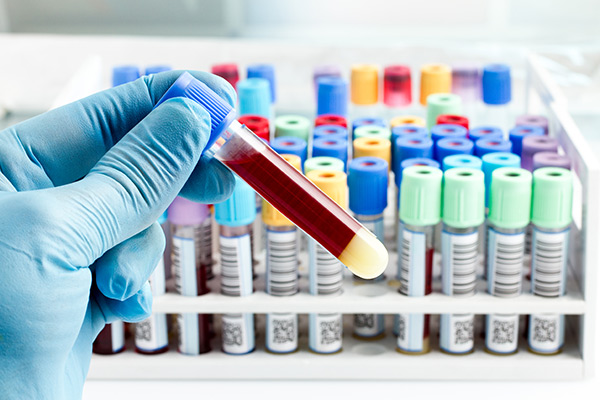Chlamydia is an STD (sexually transmitted disease) that mainly affects women. It is easy to pass along to a partner, so it is imperative that you have a regular chlamydia test once you know you are sexually active. Newer tests, known as NAATs (nucleic acid amplification testing, short for ribonucleic acid amplification testing) are now very simple and accurate to take. Your doctor can tell you what testing options are currently available (for instance, urinalysis or swab testing).
If you do get tested for chlamydia, the doctor will collect a urine sample and send it to the lab. The doctor then looks at the test results and determines if your test results show that you have either confirmatory gonorrhea or chlamydia. gonorrhea is easier to detect because of the typical symptoms – pain during urination and intercourse, and bleeding after intercourse. Chlamydia, on the other hand, presents with no distinctive symptoms, making it easier to spread to multiple partners. You might wonder why there is no specific test for chlamydia.
The answer is simple: while most people think they have only one type of infection, Chlamydia can have several forms. Often, the only way to diagnose is to determine if you have symptoms that fit the chlamydia test requirements. For instance, symptoms such as vaginal discharge and painful sex might not be indicative of gonorrhea, but if you also have symptoms of notary sex and cervix inflammation, you probably have the former infection.
A positive chlamydia test result also means that you are positive on the basis of testing for the presence of an additional . Gonorrhea and Chlamydia do not usually share similar symptoms. Chlamydia, for instance, often does not produce symptoms in the form of a sore and https://std-test-kit.com/. This is different from gonorrhea, which can produce sharp pains in the genital area and can cause blood to show in the urine. Other diseases not shared by chlamydia are hepatitis and syphilis, both of which can have symptoms similar to those of Chlamydia. In addition, both of these infections also can cause discharges from the vagina, but they are not caused by the same bacteria.
If you or your sexual partner has a positive chlamydia test, you need to get treated right away. Untreated, your infection can grow out of control and produce symptoms that can be very difficult to treat. Unfortunately, this is something many people – especially young women – tend to ignore. Chlamydia can invade your body in a number of ways, and some of the symptoms can become so obvious that treatment is not sought until you go in to see your doctor. For this reason, it’s crucial that you see a medical practitioner for a proper diagnosis of chlamydia as soon as possible.
Your medical provider will take a sample of your vaginal discharge for laboratory testing. If your medical provider detects that you have chlamydia trachomatis, he or she will likely prescribe an antibiotic treatment. If the antibiotic doesn’t clear up your infection, he or she may recommend an in-clinic or IVIGA (In-Vitro-Gyne Testing, also known as IUDI or IUD Insertion) procedure to get rid of any remaining traces of the sexually transmitted disease. However, some women may choose to self-treat with an over-the-counter medication, and this is entirely up to each individual woman.









